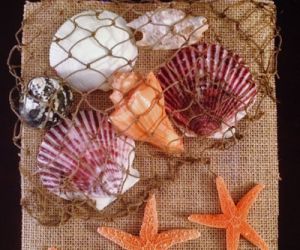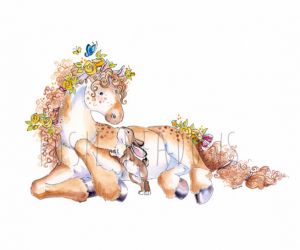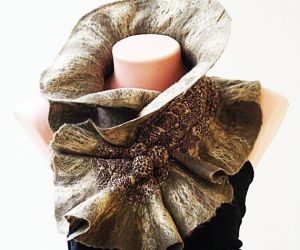I have loved miniatures and dollhouses since I was a little girl, and have been a serious collector for 20 years. A significant portion of Cotton Ridge Create! is dedicated to artists who create in miniature, tutorials on making miniatures, and blog articles related to miniatures and models. I hope you enjoy this article from guest author Joel Chang!
Only For Children?
The notion that a dollhouse is just a plaything for little girls is as old-fashioned as…well, as a Victorian-inspired dollhouse. These playroom staples have such an enduring legacy and colorful history that they have transcended being mere toys. In fact, a good chunk of the serious collectors’ population is devoted to dollhouses and their peripherals. What makes them so desirable that it seems they will never be outgrown? Let’s take a look at the different reasons why a dollhouse is forever.
Dollhouses have an interesting history.
Believe it or not, dollhouses were not meant to be toys in the first place! They go as far back as early Egyptian civilization. They were believed to represent the houses and properties of the deceased, interpreted in wood and other organic materials. Ancient tombs in Egypt contained these replicas as discovered by archaeologists many years ago.
Wealthy European ladies in the 16th century also had dollhouses, but not for their dolls. Instead, these early versions served as ostentatious displays of wealth, in the form of cabinets with drawers. Each drawer represented a room of a luxurious house, and had miniature furniture and accessories that represented how their owner wished her lifestyle to be. That, or she imagined it mirrored her own affluent life put on display for all to see.
By the 18th century, dollhouses were regarded as small representations of regal estates and residences of influential people. The heirs of these people got to keep the miniature version of their ancestors’ home as a keepsake and heirloom.
They can suit anyone’s tastes and budget.
The vast and dizzying array of dollhouses in the toy market today means that just about anyone can afford to have one to play with and keep. Many toy manufacturers offer different models of dollhouses made of various materials: plastic, wood, metal, etc., to suit anybody’s budget and tastes. More often than not, the design and accessories of these dollhouses reflected the mood and trends of the time, albeit in a more colorful manner.
Playing with a dollhouse encourages imagination and organization.
No other toy can inspire hours of quiet and creative play than a dollhouse. Kids can pretend-play being homemakers and interior decorators using the furniture and accessories that go with a dollhouse. They can learn to mimic what they see in their actual homes and interpret those in play. Even very young kids can already learn how to organize things while they’re playing with a dollhouse. Putting certain furniture in a particular room, for instance, teaches them how to classify things and to recognize their different functions.
Dollhouses and their peripherals are usually not age-specific, and many models offer additional accessories for when a child grows up and wish to expand the repertoire of furnishings with their toy. As well, quietly playing, while alone or with other kids, provides a calming effect on any child, as opposed to playing with loud and distracting video or computer games. The result is that the child learns to have better concentration, more patience, and become more independent.
Guest author Joel Chang is a gift expert from JAF Gifts – Wedding Flower and Candle Centerpieces. See his latest post on the “Top Ten Affordable Eco-friendly Wedding Gifts” at TheSpringsEvents.com.
Copyright 2012 Joel Chang










